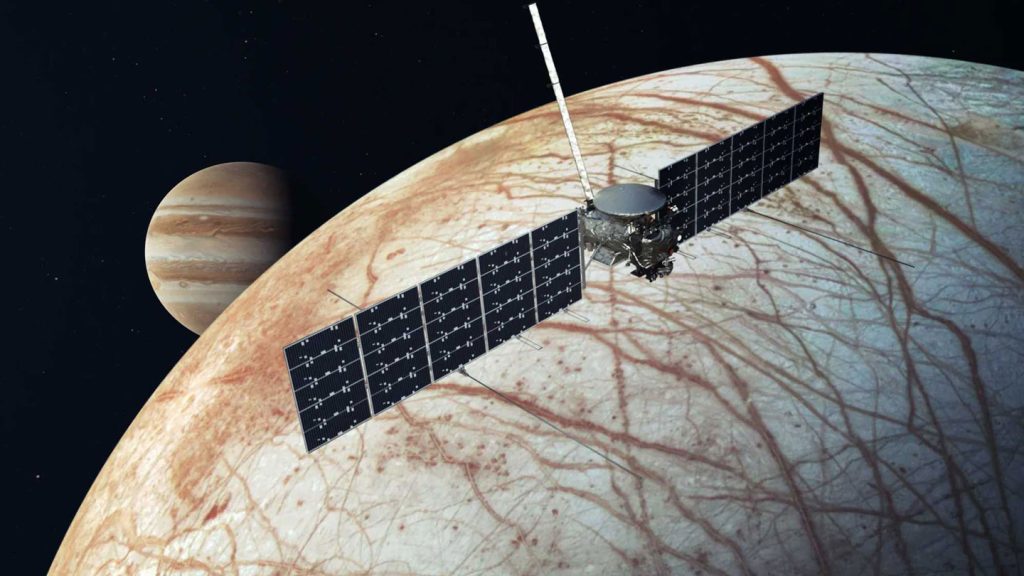Europa Clipper, a spacecraft set to launch to Jupiter’s moon Europa, aims to solve the question of whether there is a subsurface ocean that could potentially harbor life. The mission, long-awaited by planetary scientists, will involve detailed observations of Europa’s icy shell, chemical composition, and internal structure.
Originally scheduled for launch on October 10 from Kennedy Space Center in Florida, Europa Clipper’s departure was delayed due to Hurricane Milton. However, the spacecraft is expected to launch later in November this year, marking the beginning of its five-and-a-half-year journey to Jupiter.
The mission is the first of its kind to study the potential habitability of ocean worlds outside of our solar system. By characterizing Europa’s habitability through analyzing water, energy, and organic compounds, scientists aim to gain insights into the possibility of finding life in such environments.
The underlying clues indicating the presence of a subsurface ocean on Europa have been building up since NASA’s Galileo mission in the 1990s. From lack of craters to chaos terrain resembling a sloshy sea, the evidence suggests the existence of a liquid water ocean beneath the moon’s icy surface.
Europa Clipper will employ a variety of instruments to study Europa’s habitability, including determining the depth of the ocean, the thickness of the ice shell, and the interaction between them. By conducting multiple flybys to avoid Jupiter’s harmful radiation environment, Clipper will capture images, spectra, and magnetic field data to provide a comprehensive understanding of Europa.
While Clipper won’t directly search for life forms on Europa, its investigations could shed light on the potential for microbial ecosystems based on chemical analysis of the moon’s surface and possible water plumes or streams. The mission aims to detect organic molecules that could indicate the presence of life-supporting conditions.
Despite the limitations, namely the inability to directly observe microbial life at the ocean floor, Europa Clipper represents a significant step toward unraveling the mysteries of this unique moon. The insights gathered from this mission could pave the way for future life-detection missions and contribute to our understanding of habitable environments beyond Earth.


